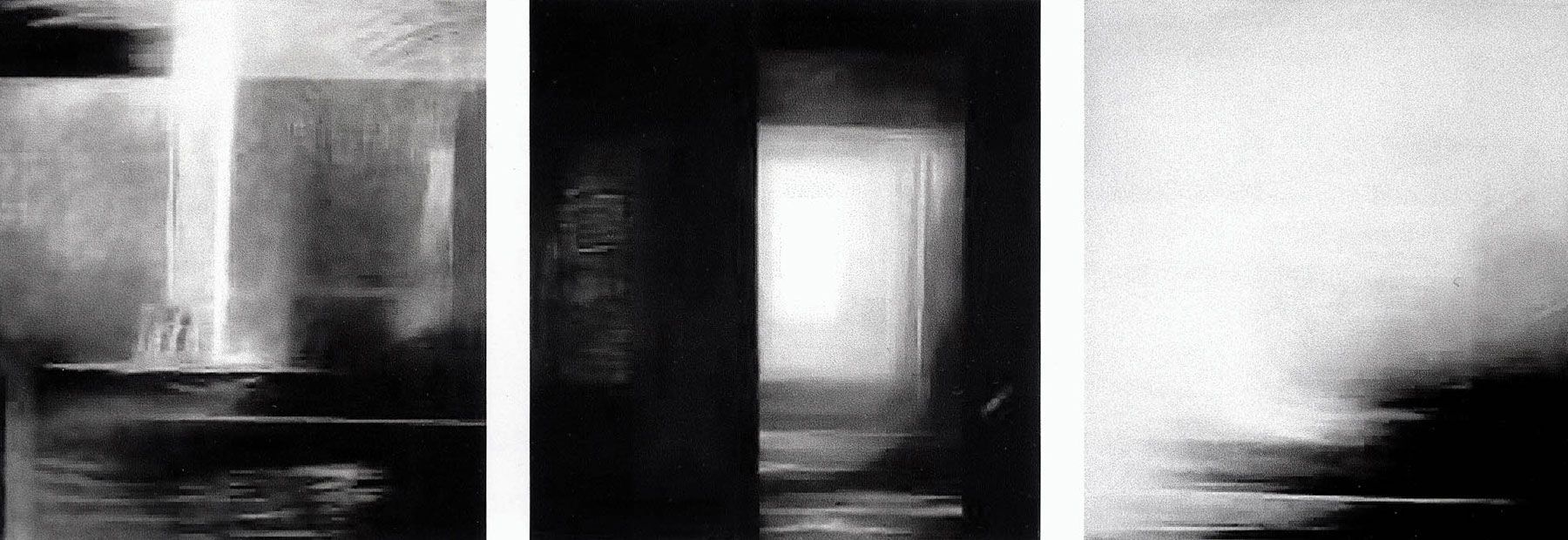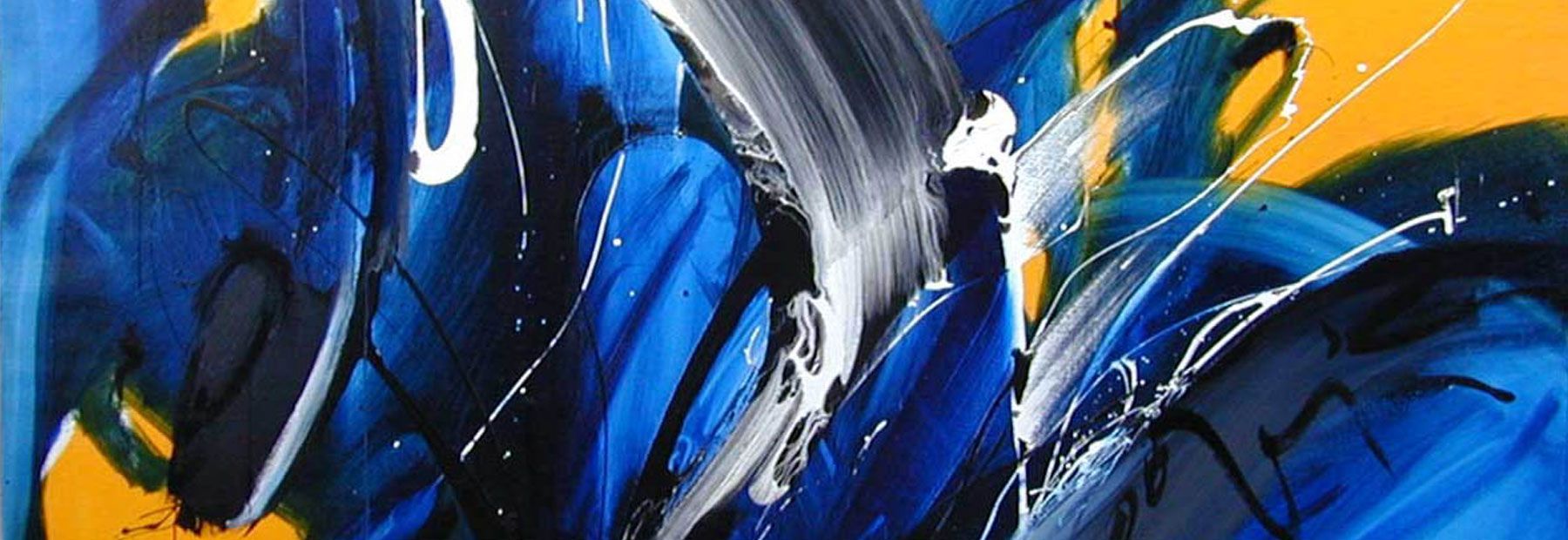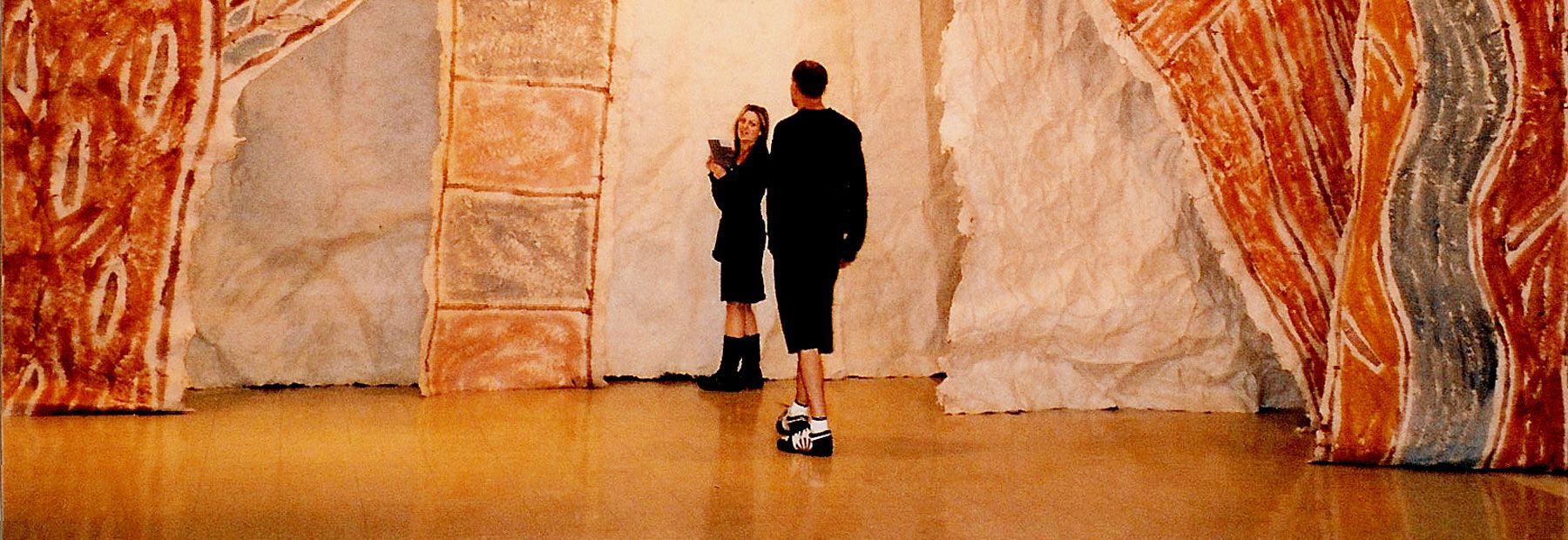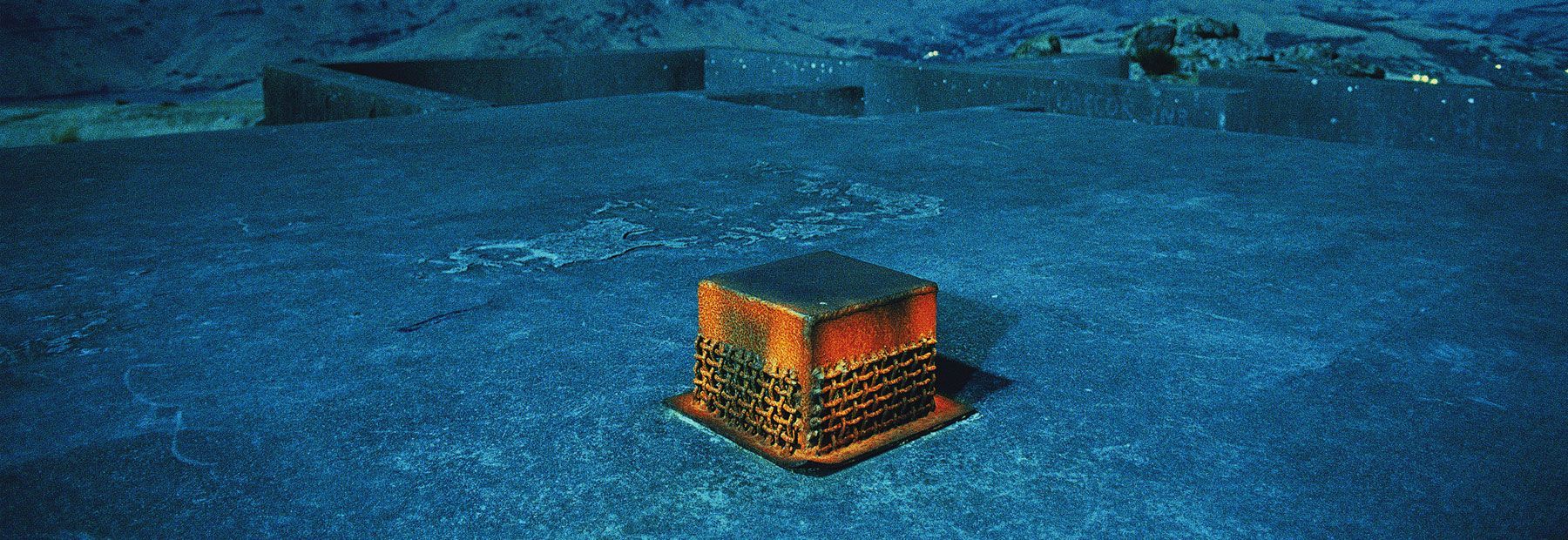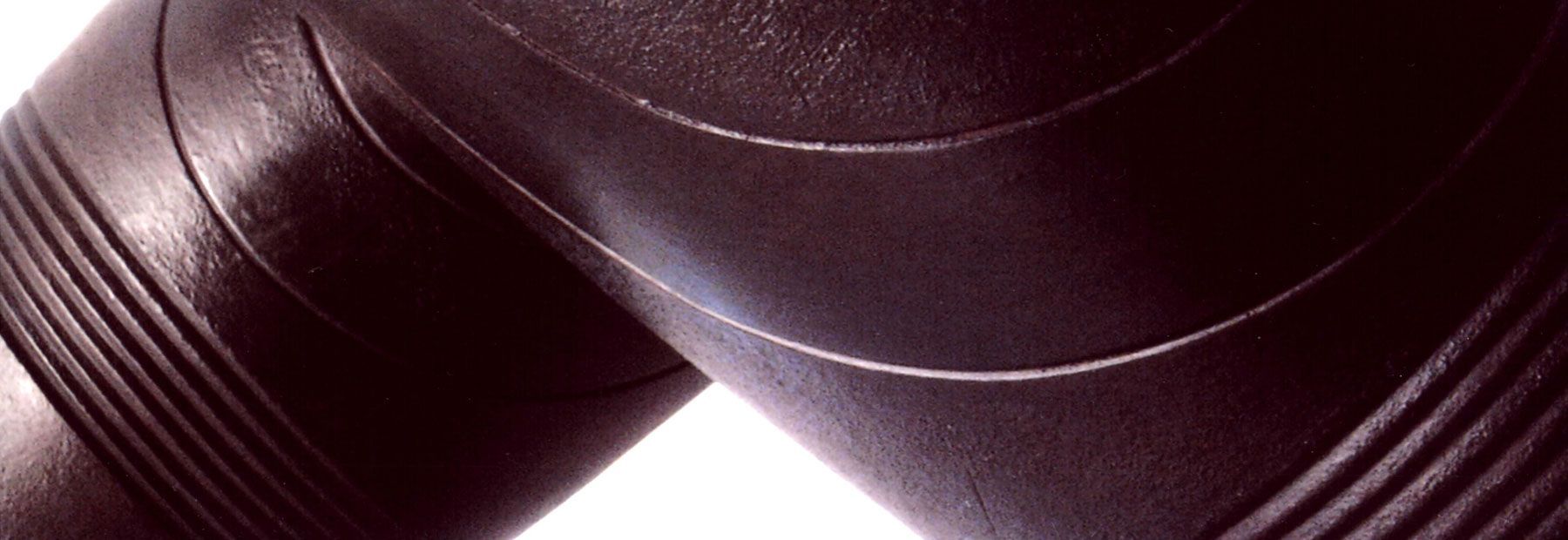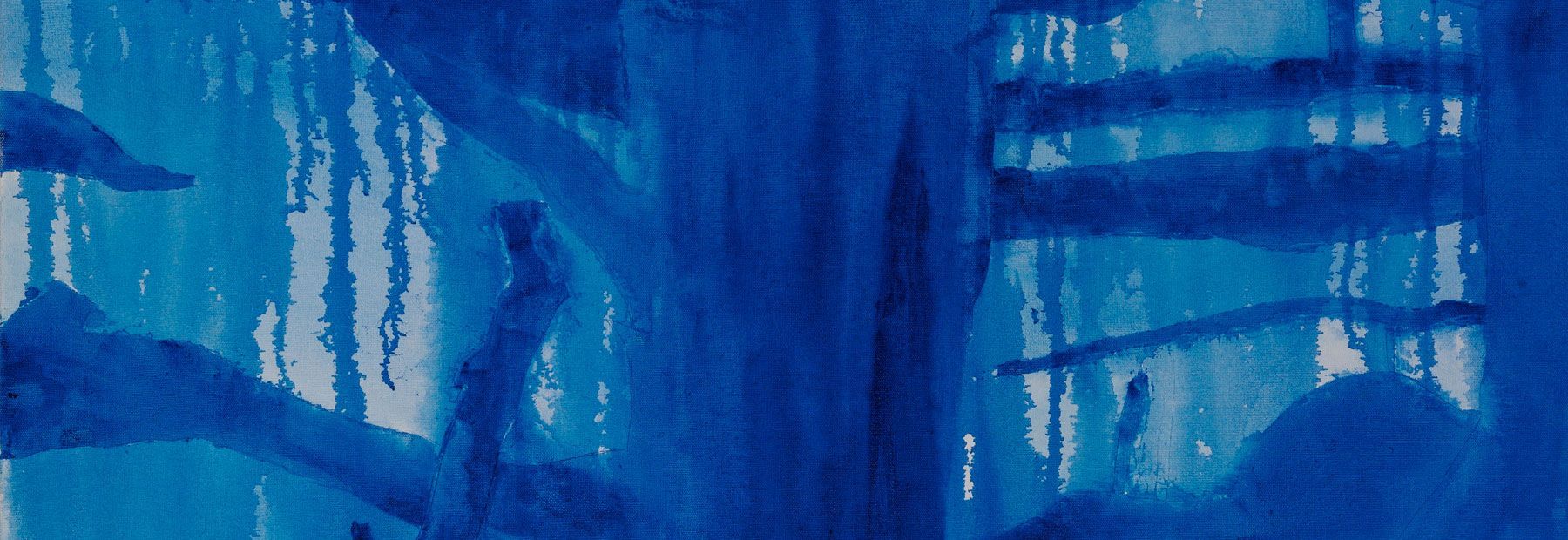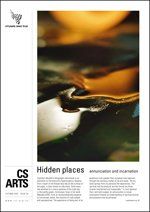CS Arts Issue 28 - October 2007
‘Contemporary art and religion don't mix’
Susan Mulder, a fine arts graduate student, was recently corrected over part of her course work. Contemporary in style, it was rejected because of its religious iconography.
Art historian James Elkins suggests in his recent publication On the Strange Place of Religion in Contemporary Art that contemporary art and religion don't mix. There was a lively debate around his position at a conference we attended.
Cultural theologian William Dryness has uncovered a significant involvement of believers in the main movements of modernism in the twentieth century—Georges Rouault is one of the better known. They are revealed in Paris, Russia, England, and in the abstract expressionism in mid-twentieth century New York.
What is so fascinating about the silence of modern art critics and teachers on such matters is the parallel between the international arena and the attitude of secular art historians in Aotearoa/New Zealand.
Our most iconic artist, Colin McCahon, has received similar treatment by scholars who dismiss, or downplay, the obviously religious content in much of his work. It took a curator from an internationally acclaimed art museum to bring this firmly to the attention of the visual arts fraternity ‘down under’. Marja Bloem’s exhibition A Question of Faith reflected on his religious work, and toured several countries as well as New Zealand.
Professor Jeremy Begbie has pioneered a movement in the United Kingdom called Theology Through the Arts (TTA). He is revisiting the role that art can play in revealing and signposting the presence and activity of God in our midst.
Recent graduate Joanna Osborne explored the suggestions of the divine through capturing glimpses of light, land and water in her experimental photography. She presented an initial summary of her findings in the cover story of CS Arts November 2006. In this edition she picks up the thread and explores a theme central to followers of Jesus.
The angel’s announcement to a humble woman that God would come to earth through her is referred to as ‘the annunciation’. Last year, The Nativity Story portrayed this in film, starring Keisha Castle-Hughes (Whale Rider).
Western artists have explored the biblical story since the days of the early church. Some contemporary artists in Aoteoroa continue this tradition, including Gretchen Albrecht and Garry Currin; building on the work of McCahon himself.
The nativity story encapsulates the core of the Christian faith: God becoming a human being (‘the incarnation’).
A fundamental assumption of TTA is that art has a vital role to play today reflecting the life and work of Jesus Christ. Does this attempt to operate in a vacuum of contemporary, faith-based art?
Professor Dyrness, and other like-minded theologians, would say not and would provide solid evidence.
Peter and Jessica Crothall


